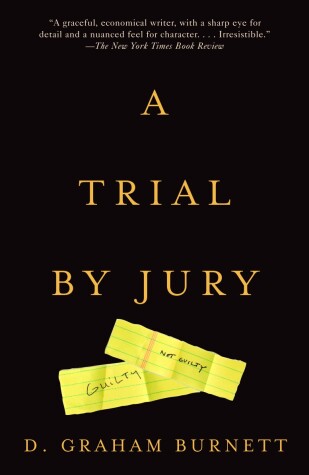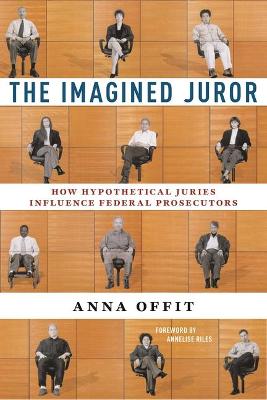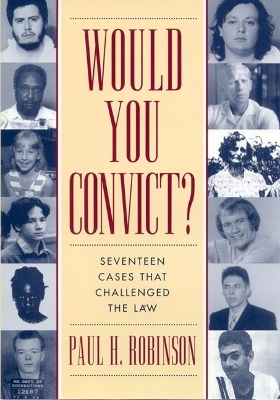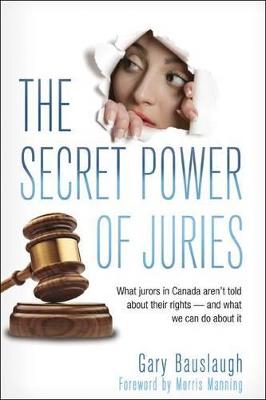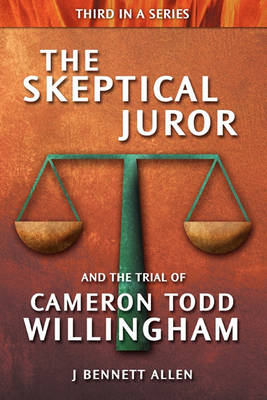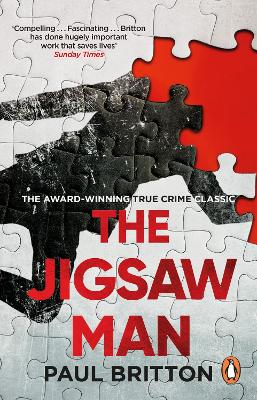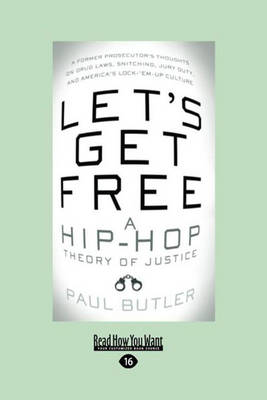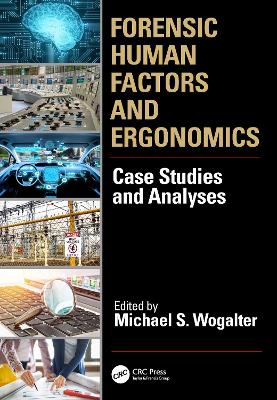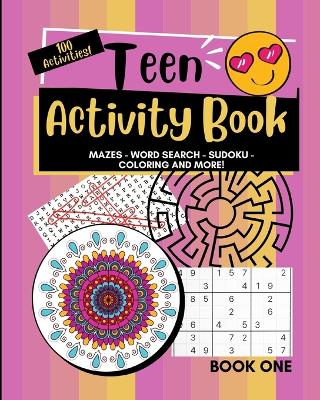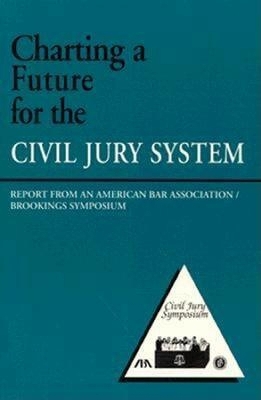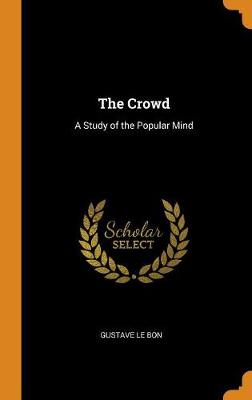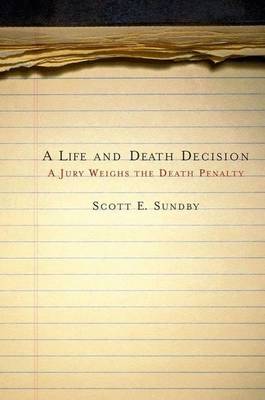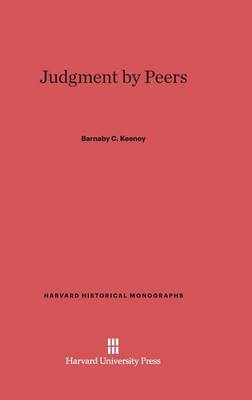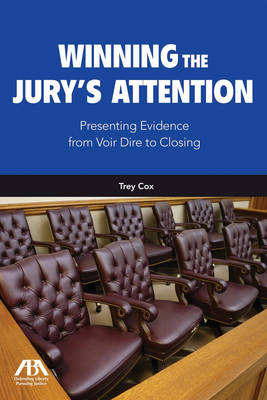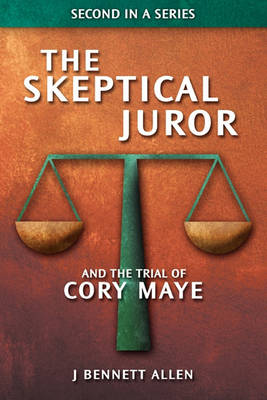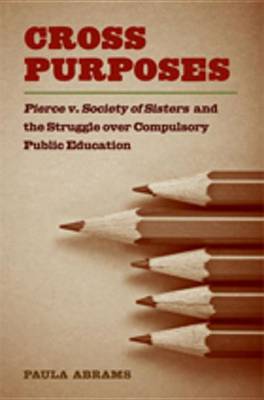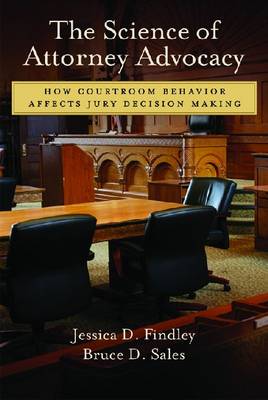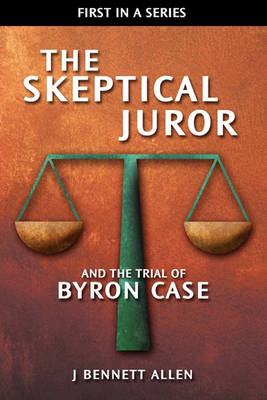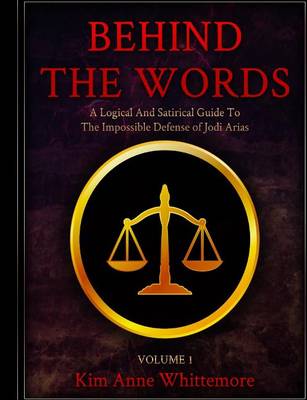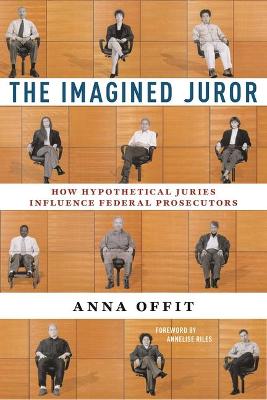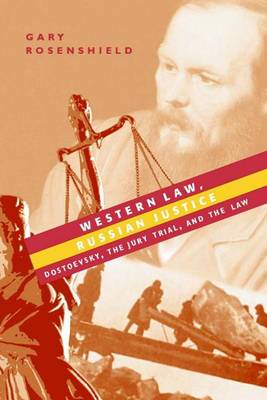When Princeton historian D. Graham Burnett answered his jury duty summons, he expected to spend a few days catching up on his reading in the court waiting room. Instead, he finds himself thrust into a high-pressure role as the jury foreman in a Manhattan trial. There he comes face to face with a stunning act of violence, a maze of conflicting evidence, and a parade of bizarre witnesses. But it is later, behind the closed door of the jury room, that he encounters the essence of the jury experienc...
An illuminating exercise that challenges the reader's beliefs about the justice system A police trooper inspects a car during a routine traffic stop and finds a vast cache of weapons, complete with automatic rifles, thousands of rounds of ammunition, and black ski masks-a veritable bank robber's kit. Should the men in the car be charged? If so, with what? A son neglects to care for his elderly mother, whose emaciated form is discovered shortly before she dies a painful death. Is the son's negle...
The Skeptical Juror and the Trial of Cameron Todd Willingham (Skeptical Juror)
by J Bennett Allen
'Riveting . . . Everyone should read it' ObserverFor fans of the hit Netflix shows, MINDHUNTER and MAKING A MURDERERForensic psychologist Paul Britton asks himself four questions when he is faced with a crime scene: what happened: who is the victim: how was it done, and why? Only when he has the answers to these questions can he address the fifth: who is responsible?An intensely private and unassuming man, Britton has an almost mythic status in the field of crime deduction because of his ability...
Forensic Human Factors and Ergonomics (Human Factors and Ergonomics)
This book has 18 case study chapters investigating various injury scenarios through the use of a Human Factors and Ergonomics (HFE) analysis. Each injury scenario derives from one or more similar lawsuits (but names, places and some of the details are fictionalized). The scenarios describe a 'slice of life' of people interacting with products, equipment, tasks, and environments before they are seriously hurt. The forensic analysis that follows each scenario gives a background of prior similar ev...
The American Jury System (Yale Contemporary Law (YUP))
by Randolph N. Jonakait
How are juries selected in the United States? What forces influence juries in making their decisions? Are some cases simply beyond the ability of juries to decide? How useful is the entire jury system? In this important and accessible book, a prominent expert on constitutional law examines these and other issues concerning the American jury system. Randolph N. Jonakait describes the historical and social pressures that have driven the development of the jury system; contrasts the American jury...
Juries are the one place where common citizens play an important part in the governmental process. But both the jury system and the American legal system itself have been under attack. Juries have been reduced in size, their selection procedures altered, and the unanimity requirement suspended. Many now question the ability of lay jurors to decide increasingly complex technical and scientific questions arising in civil suits and have advocated sharp limitations on the right to a jury trial. At t...
Gustav Le Bon's The Crowd is not only a classic, but one of the best-selling scientific books in social psychology and collective behavior ever written. Here, Le Bon analyzes the nature of crowds and their role in political movements. He presents crowd behavior as a problem of science and power, a natural phenomenon with practical implications. Originally published in 1895, Le Bon's was the first to expand the scope of inquiry beyond criminal crowds to include all possible kinds of collective ph...
Successful advocacy approaches are essential for the practice of law. Lawyers, law professors, judges, and other legal commentators have offered numerous recommendations for how trial lawyers can persuade juries, including techniques in verbal and non-verbal communication, attorney demeanour, and so forth. These recommendations have been put into trial practice handbooks and are frequently taught in law schools as part of the trial advocacy curriculum. However, they often rely on popular assumpt...
Gary Rosenshield offers a new interpretation of Dostoevsky's greatest novel, The Brothers Karamazov. He explores Dostoevsky's critique and exploitation of the jury trial for his own ideological agenda, both in his journalism and his fiction, contextualizing his portrayal of trials and trial participants (lawyers, jurors, defendants, judges) in the political, social, and ideological milieu of his time. Rosenshield presents Dostoevsky's critique in terms of the main notions of the critical legal s...
The Night Fire (The Ballard and Bosch Novels, #2) (Renee Ballard and Harry Bosch Novel, #22)
by Michael Connelly
Detective Renee Ballard is working the graveyard shift again, and returns to Hollywood Station in the early hours only to find that an older man has snuck in and is rifling through old file cabinets.The intruder is none other than legendary LAPD detective Harry Bosch, working a cold case that has gotten under his skin. Ballard kicks him out, but eventually Bosch persuades her to help and she relents.Bosch is investigating the death of fifteen-year-old Daisy Clayton, a runaway who was brutally mu...
